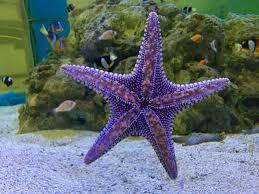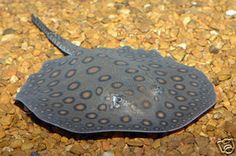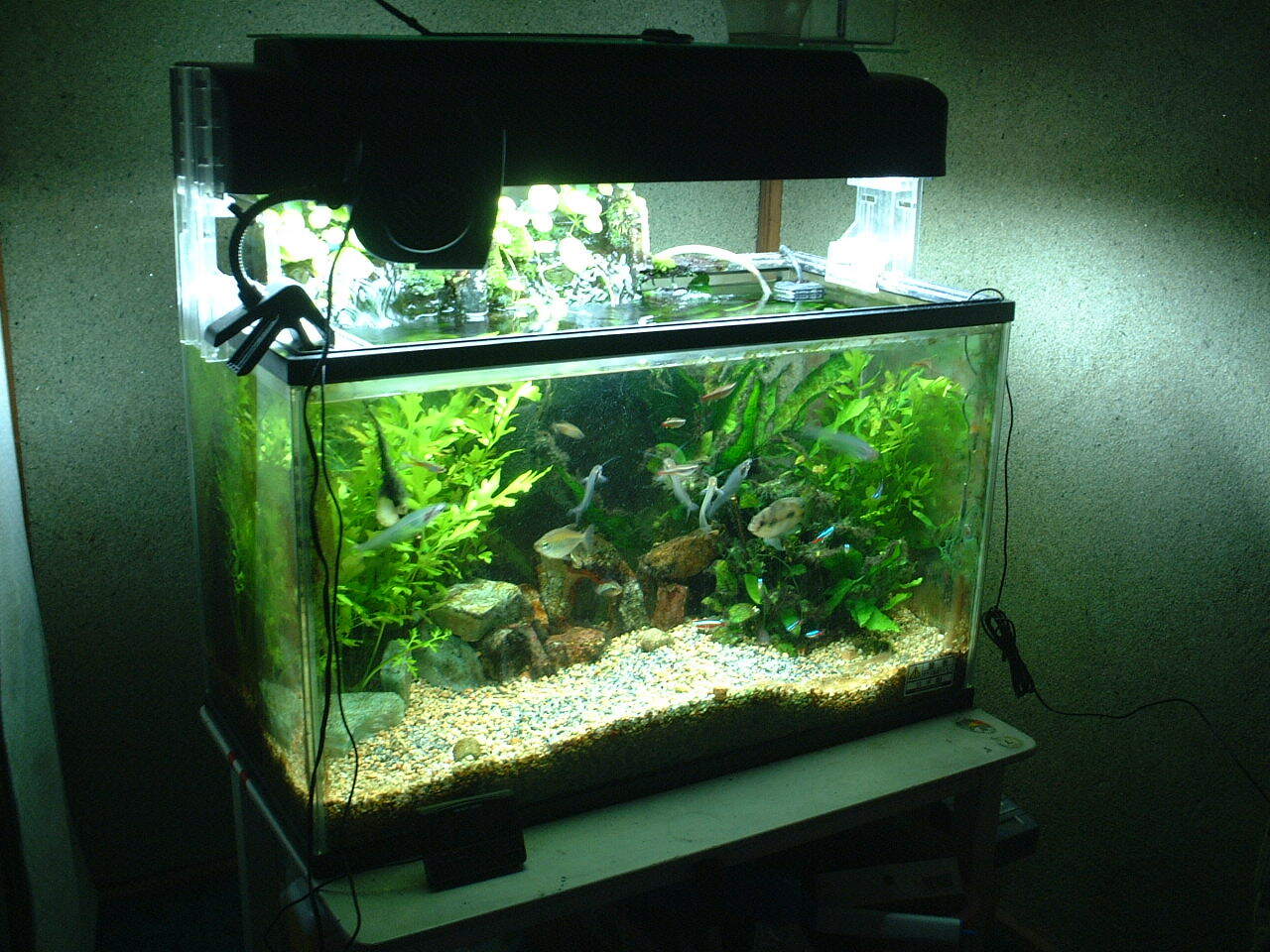Owning a freshwater aquarium can be one of the most rewarding hobbies, offering you a peaceful environment with vibrant fish and beautiful aquatic plants. However, maintaining a freshwater aquarium requires some knowledge, dedication, and care to ensure that your fish stay healthy and your tank remains visually stunning. If you are a beginner or looking to enhance your fishkeeping experience, this guide will provide you with everything you need to know about maintaining a freshwater aquarium.
1. Choosing the Right Aquarium Setup
Before you dive into caring for your freshwater aquarium, it’s essential to start with the right setup. You need to consider the size of the tank, filtration system, lighting, and equipment. Here’s how to get started:
Tank Size: The size of the tank matters more than you might think. For beginners, a 20-30 gallon tank is a good size, providing enough space for fish to swim freely. A larger tank is easier to maintain, as it offers a more stable environment in terms of water quality. Avoid going too small, as small tanks can lead to rapid changes in water parameters, making it harder to keep fish healthy.
Filtration System: The filtration system is the heart of your aquarium. It helps keep the water clean and ensures that harmful chemicals, such as ammonia and nitrates, are removed. Choose a filter that is suitable for the size of your tank. A good filtration system will have mechanical, biological, and chemical filtration.
Aquarium Heater: If you plan to keep tropical fish, you’ll need an aquarium heater to maintain a stable water temperature, typically between 24°C to 28°C. Make sure the heater is of good quality and can handle the size of your tank.
2. Setting Up the Aquarium

Once you have your tank and equipment ready, it’s time to set it up. Start by placing the tank on a sturdy surface that can handle its weight. You don’t want your aquarium to be on a flimsy table or surface. Add a layer of gravel or substrate to the bottom of the tank. This not only provides a natural look but also serves as a place for beneficial bacteria to grow.
Add decorations like rocks, plants, and driftwood to create hiding spots for your fish. It’s essential to provide some cover, as many fish enjoy having places to hide or swim through.
3. Cycling Your Aquarium
Before adding any fish, you need to “cycle” your tank. Cycling is the process where beneficial bacteria establish themselves in the aquarium’s filtration system, helping to break down harmful substances like ammonia and nitrites into less harmful nitrates. This process can take 4 to 6 weeks.
To cycle your aquarium, you can add a source of ammonia, like fish food or a commercial ammonia product. Alternatively, you can use a fishless cycling method, where no fish are added until the cycle is complete. You’ll need to test the water regularly using a water test kit to ensure that the ammonia and nitrite levels drop to zero.
4. Water Quality Management
Maintaining good water quality is key to keeping your fish healthy. Here’s how you can ensure your water stays in top condition:
pH Level: Freshwater fish prefer a neutral to slightly acidic pH level, typically around 6.5 to 7.5. However, the exact pH requirements depend on the species of fish you keep. Use a pH testing kit to monitor the water regularly.
Ammonia and Nitrites: Ammonia and nitrites are toxic to fish and must be kept at zero. A properly cycled tank will keep ammonia and nitrite levels under control, but you should still monitor them regularly, especially if you notice any signs of stress in your fish.
Nitrates: While less harmful than ammonia and nitrites, nitrates can still be harmful in high concentrations. Regular water changes help reduce nitrate levels and keep your tank clean. Aim for a 25% water change every 1-2 weeks.
Water Temperature: As mentioned earlier, maintaining a consistent water temperature is important for tropical fish. Use a thermometer to ensure the temperature remains steady. If you live in a place with fluctuating temperatures, a heater with a built-in thermostat is a good idea.
5. Feeding Your Fish

Feeding your fish properly is another essential aspect of aquarium care. Overfeeding can lead to water quality issues, so it’s important to avoid giving your fish too much food. A good rule of thumb is to feed your fish only what they can consume in 2-3 minutes, once or twice a day.
Use high-quality fish food that meets the specific dietary needs of the fish species you own. Some fish are herbivores, while others are carnivores or omnivores, so tailor your feeding accordingly. Occasionally, supplement their diet with live or frozen food like brine shrimp, bloodworms, or daphnia.
6. Regular Maintenance and Cleaning
Regular cleaning is vital to maintaining the health of your aquarium. Here are some tips to keep things running smoothly:
- Vacuum the substrate: Use a gravel vacuum during water changes to remove debris and uneaten food from the substrate.
- Clean the glass: Use an aquarium-safe algae scraper to remove algae from the glass. Avoid using household cleaners, as they can harm your fish.
- Maintain the filter: Clean your filter every month to ensure it’s working efficiently. Be sure not to clean all parts of the filter at once, as this can disrupt the balance of beneficial bacteria.
7. Observe and Care for Your Fish
Lastly, always keep an eye on your fish for any signs of illness or stress. Healthy fish should have clear eyes, vibrant colors, and active swimming behavior. If you notice anything unusual, such as fading colors, lethargy, or unusual swimming patterns, it may be a sign of illness. Promptly isolate sick fish and seek advice from an aquarium professional or veterinarian.
Maintaining a freshwater aquarium is a rewarding experience that requires consistent care and attention. By setting up your tank correctly, managing water quality, feeding your fish appropriately, and performing regular maintenance, you’ll be well on your way to creating a thriving aquatic ecosystem. Remember, the key to a healthy aquarium is patience and attention to detail!
